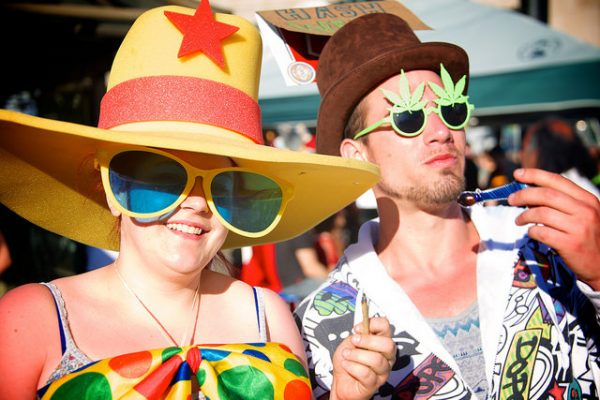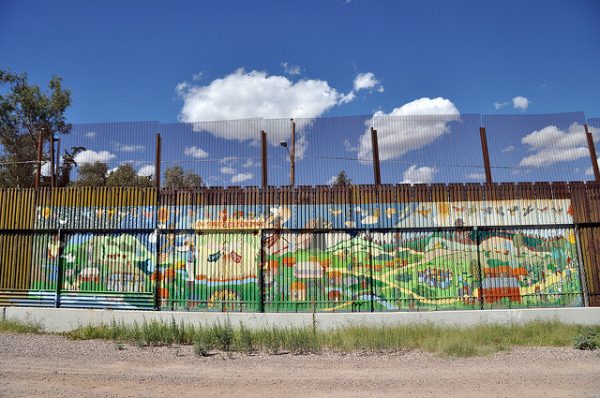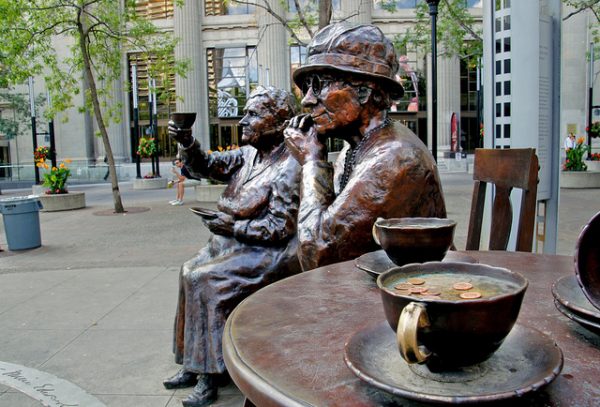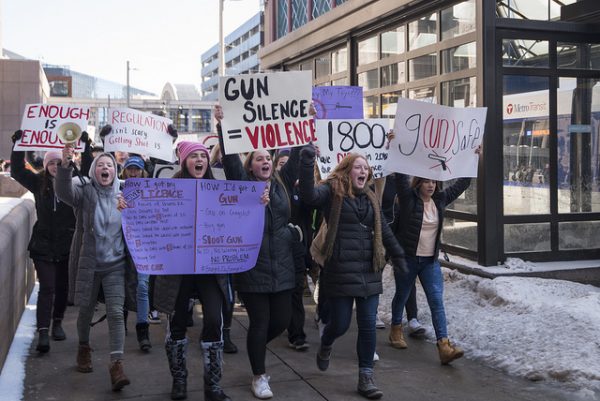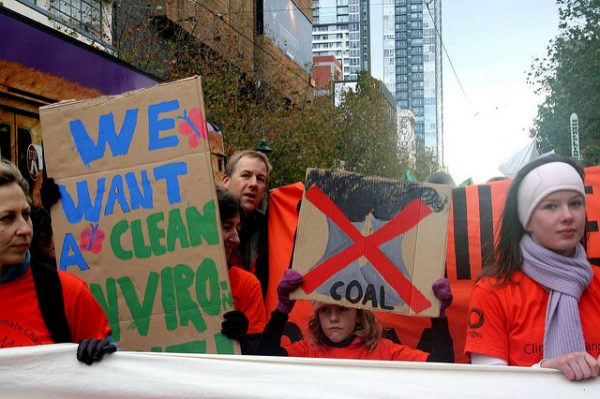
On Earth Day, we think about the environment and how we can protect it. While we tend to think of “going green” as something that began in the 1970s, the history of U.S. environmental movements stretches much further into the past. Over the course three specific historical periods — Conservationist/Preservations, Ecocentrist, and Political/Deep Ecology — environmental activism has shifted in its issues, from parks to pollution and clean water to climate change.
The early Conservationism and Preservation movements emerged in the 1860s as reactions to the Industrial Revolution and explosion of cites. The mostly White, male elites argued that nature has a functional value in maintaining human societies. These activists were largely unconcerned with the rights and livelihoods of rural residents and native peoples, and were more focused on their own need for distinction, space, and recreational opportunities. We can thank these early movements for the National Arbor Day Foundation, The Sierra Club, the World Wildlife Organization, and the creation of National Parks.
- Dorceta E. Taylor. 2016. The Rise of the American Conservation Movement: Power, Privilege, and Environmental Protection. Durham, NC: Duke University Press.
The Ecocentrist movement began its development at the turn of the 20th century, but remained dormant until Rachel Carson’s publication of Silent Spring in 1962 connected the maintenance of clean, pollution-free ecosystems to public health and human survival. This period’s series of landmark successes includes the establishment of the Environmental Defense Fund in 1967, Earth Day in 1970, the Environmental Protection Agency, the Clean Air Act, Clean Water Act, and the Endangered Species Act.
- Robert J. Brulle. 1996. “Environmental Discourse and Social Movement Organizations: A Historical and Rhetorical Perspective on the Development of US Environmental Organizations.”
Sociological Inquiry 66: 58-83.
The later historical period and the Political and Deep Ecology period linked social inequalities and consumerism to environmental degradation. Environmental issues like toxic waste, for example, primarily affect poor and working-class citizens. In contrast to earlier periods of elite-driven environmental activism, the toxic waste movement has been made up of people who experience environmental hazards first-hand.
- Phil Brown and Susan Masterson-Allen. 1994. “The Toxic Waste Movement: A New Type of
Activism.” Society and Natural Resources 7: 269-287.
The most recent period of the U.S. environmental movements has seen less success than previous eras. By the 1980s, environmental issues became more complicated and abstract. Ozone depletion, acid rain, and global warming fell outside the jurisdiction of existing regulatory agencies and were more difficult to see than something like chemicals and garbage in rivers, lakes, and streams. Although many citizens generally support environmental protection, fewer people support government spending on environmental issues, especially since these issues are often invisible. Furthermore, contemporary concerns like climate change require international cooperation because they span geographic boundaries.
- Robert J. Brulle and J. Craig Jenkins. 2008. “Fixing the Bungled U.S. Environmental Movement.” Contexts 7(2): 14-19.

